



VideoGamer: There aren’t many JKD fighters in the UFC, was it tricky implementing Bruce’s style into the game?
Brian Hayes: Well I mean, Jeet Kune Do, from what I understand it, and you know, obviously, I don’t assume to be a historian or aficionado on Jeet Kune Do itself, but it was much more of a… it’s a philosophy for self defence in, you know, real world situations not sport fighting or combat with rule sets and judging etc.
[With] Jeet Kune Do, if somebody is threatening you, poke them in the eyes, kick them in the kneecap, put them down as quickly as possible! That’ll get you disqualified immediately in a UFC match. So it’s not really that we had to mimic principles of [the martial art] on that level as much as we looked at Bruce Lee as somebody that was a forefather of the concept of: 'Hey, you shouldn’t be constrained by one particular style or one doctrine of martial arts' as well as being kind of an innovator when it came to physical training and his dedication to making himself a phenomenal athlete which is something that a lot of modern day UFC fighters do as well. That’s really the way that we’re approaching it here.
VG: It sounds like you’ve taken some of his philosophies, but not the overall martial art, and we spoke to Shannon Lee who said some of his most iconic punches and kicks are in the game. So what is his core stand-up game like?
BH: I guess that is where sort of the Jeet Kune Do aspect sort of comes into it;, using the most efficient strikes possible. He's not one of those fighters in our game that has a lot of looping, wild punches. His jabs and straights are quick and straight to the target and meant to sort of convey that sense of precision and speed and timing and all that sort of stuff. If he was competing in the UFC he would understand what the rules are and he would analyse what is the way to be the most effective at both nullifying his opponent’s ability to do damage to him and do the most damage to his opponent.
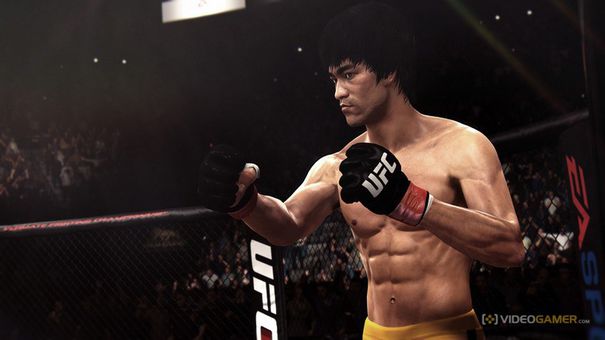
VG: Bruce wasn’t really known for his ground game, but showed some armbars and other submissions in some of his movies, so what is he like when the fight goes to the mat?
BH: You can’t survive in the modern world of the UFC and be a complete neophyte on the ground so to speak. Because Bruce Lee - both in Enter the Dragon he armbarred Sammo Hung at the beginning of that movie - was known to have done some training in his personal life with guys like judo Jean LeBell, he’s somebody that, from what I understand it, started to certainly appreciate the value of knowing what to do on the ground, but we didn’t put him in the game as a basically supremely talented martial artist in every single aspect.
He's someone whose strengths lie in the stand-up aspects with precision striking, speed and power, but he’s not going to be a complete pushover on the ground either. He’s also not going to be a Royce Gracie, Damian Maia third level Brazilian Jiu-Jitsu black belt!
VG: There was a strong debate following the announcement online regarding Bruce, and how good he would be in the modern era. How difficult was it reflecting his quality in the game?
BH: From an athletic standpoint, I don’t think there’s too many people that would debate his athleticism when it comes to his physical strength, his speed, his endurance and that kind of stuff. He was known to be a tremendous athlete, and then obviously he trained in martial arts.
So from that raw, physical standpoint, there shouldn’t be too much debate over what his capabilities are in that sense, in terms of punching and kicking speed, striking power, stamina and that kind of stuff. But yeah, when it comes to the more skilled sort of ground game, like I said, his ratings aren’t out of this world but we also looked at it in the sense that this is not meant to be... let’s take Bruce Lee from the 1970s when practically nobody in the world knew anything about jiu-jitsu because the Gracie explosion hadn’t happened yet. It was only a small number of people that were becoming introduced to what the ground game really meant. It wouldn’t be fair for us to say 'let’s put Bruce Lee in this modern day, UFC game but pretend that he’s from 1969 and 50 per cent… 80 per cent of the Gracies aren’t even born yet'. So we looked at it in the sense that, what if this tremendous athlete with a passion for martial arts and a dedication to martial arts were in today’s modern UFC and sort of put that spin on it.
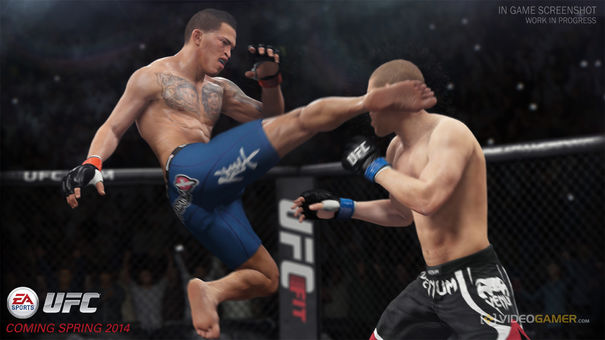
VG: Bruce will fight in the lighter divisions, and the UFC has always been against ‘freak show’ fights like those in Japan, where smaller fighters can fight heavyweights, but was there any temptation to sim a match between Bruce and the likes of Anderson Silva?
BH: I mean certainly the reason he’s in four different weight divisions is because we were like 'what can we do realistically without it seeming a little bit too crazy?'. So in our game he’s in the bantamweight, featherweight, lightweight and welterweight divisions. The weight limit in welterweight is 170 lbs - that’s what you have to weigh in at - and obviously guys like Johnny Hendricks and Georges St-Pierre and the guys that fight at welterweight cut down to 170 lbs from sometimes north of 200 lbs from when they start their training camps.
Bruce was never within sniffing distance of a weight like that in his entire life! So in our welterwight division, he won’t be listed as 170lbs, he’ll be listed just north of 155 which is why, in that division, he’s not qualifying as a lightweight. But we wanted to maximise; we wanted to say 'hey, you can bring him into the ring against Georges St-Pierre, Johnny Hendricks, Anthony Pettis and Jose Aldo and Renan Barao. We wanted to take the widest spectrum we could and take him into the ring against the largest number of current UFC greats as we possibly could, but once we got to a certain [point] it just started to get a little crazy.
VG: As you say, you’re limited by Bruce’s size, but was there any consideration to bring in other legends? Maybe even someone like Chuck Norris as a heavier guy?
BH: There’s been a lot of discussion about those kind of things. Obviously, getting the first one done [was important] and there’s been discussions but by far and away, literally miles ahead of the competition or any other name that would have come up, Bruce Lee just stood head and shoulders above any other name. When we threw names out there he was this mountain that stood above [anyone else].
We may look at doing something like that in the future but there's nothing like that planned. As I was saying yesterday, we need to improve our body hair technology before we can do somebody like Chuck Norris…!
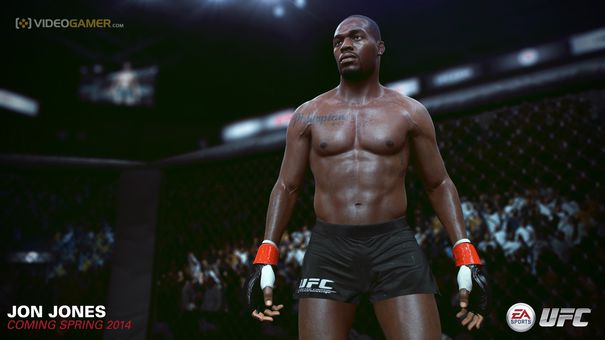
VG: The UFC tends to have a revolving door policy with fighters getting cut and hired often, so does that become a bit of a headache from a development standpoint?
BH: It hasn’t been horrible - there were two fighters that were released from the UFC roster during the development of the game that we’d already begun work on creating their model and it was like 'Oh well. Stop the presses and move onto somebody else'. But with the amount of turnover that happens, it wasn’t really that much of a headache necessarily for us.
VG:The ground game was always a struggle with previous MMA games. How has that been improved here and on the next-gen platforms?
BH: The issues that plague the ground game on any console or any iteration of an MMA game have very little to do with how powerful the console is or how powerful the graphics are. This comes from hands-on experience doing some grappling and a lot of the team has been training jiu-jitsu for about two years now, some of them for longer than that - I did it for about eight weeks myself.
So one of the really interesting things I found was that when I was rolling with one of the designers who had quite a bit of jiu-jitsu experience, I was on top and in his guard, and he had his eyes closed the whole time, for the entire match. You think about when you watch guys rolling in jiu-jitsu, you’re not always in a position to see if you’re going for a leglock - the only thing you can see of your opponent is their toes and heel that you’re holding. You get the entire sense of what your opponent is doing and how you are connected to them by tactile sensation of their weight, leverage, balance, where they’re coming into contact with your body.
So you have a sport, or martial art, where all the most important information comes to you from a sense of touch, and you have a game where the only information we can give you is through your eyes. No matter what we’re forced to abstract the battle of wrestling and jiu-jitsu in some way. That’s just something that until the consoles start coming out with, you know, Matrix-style brain implant things that allow you to feel sensations, we’re going to keep running into that issue.
Somebody asked me that question and again if you were to ask the greatest grapplers on earth 'How well do you think you would perform if you had no sensation below your neck?', if you couldn’t feel anything in your hands or below your neck if you’re a grappler, you’d be completely lost. So it’s just an enormous chasm to leap over to say: 'Let’s take this sport that’s entirely about touch and feel and weight and make it all visual'.
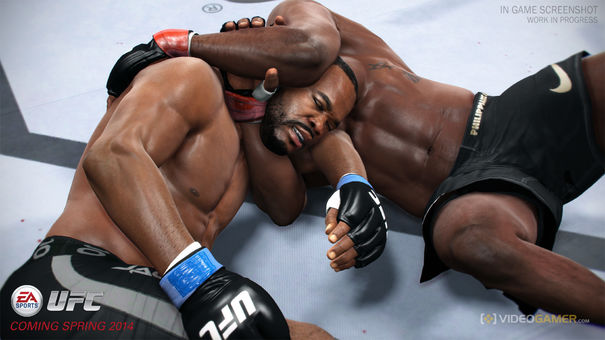
VG: EA’s previous MMA game had an interesting mechanic with its online broadcast system. Could that make a reappearance in this game?
BH: There’s nothing like the live broadcast feature in our game as it stands. We weren’t really able to evaluate the success of that, the sort of widespread mainstream success, because of the commercial performance of EA Sports MMA.
When we were in early development for this game, there were still a lot of things that were up in the air: what policies and what is allowable and what will work in the online realms of the new platforms. So we weren't able to say concretely 'Yeah we can make this work because it’ll be totally cool with how the new PlayStation network or Xbox Live will operate for Xbox One or PlayStation 4'.
Becase we had to wait for clarity on those updated policies for the next generation, we had to stick with the, I don’t want to say basics, but let’s stick to the stuff we know: how we can make it work and all that sort of stuff. Now that the next-gen has launched and they know how it works, those are the features we can start looking at in the future of the franchise.
VG: You guys are using the Ignite Engine, and the launch day EA titles were criticised for not really showing it off with stellar graphics on the new consoles...
BH: My thoughts... I mean I’m not a very technical person, but my thoughts are consistently just from when I play the game every day and when I look at the assets we’re able to create. Obviously I’m somewhat bias, but I think our game looks pretty amazing.
That’s been largely what the sentiment is out there as well. So I’m very happy with what it’s been able to do for us in terms of making our game look the way it does and bringing our characters to life the way we have. No matter what, the crazy thing about it - and it’s the same thing we all saw on the previous generation as well - is that no matter how good the games look on new consoles using new technology... if you think about how the games looked when Xbox 360 first launched and what they looked like at the end of that console generation or the same thing with PS3... to think that we’re probably going to see that same level of growth and improvement over this console generation as well… it’s pretty crazy to think about. Considering when I think about what UFC looks like already, what’s it going to look like eight years from now is pretty bananas.
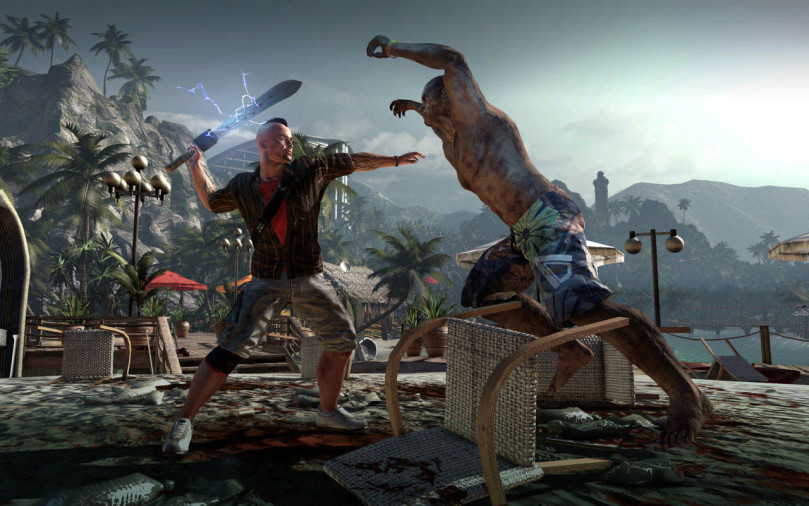
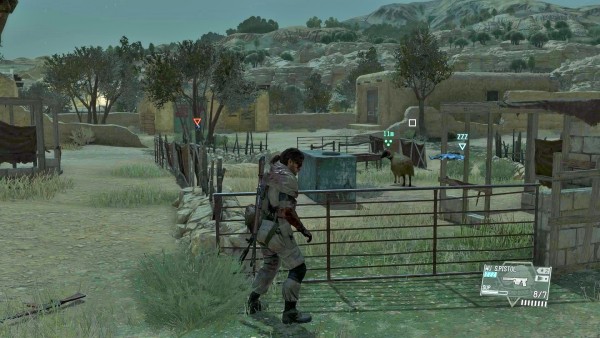
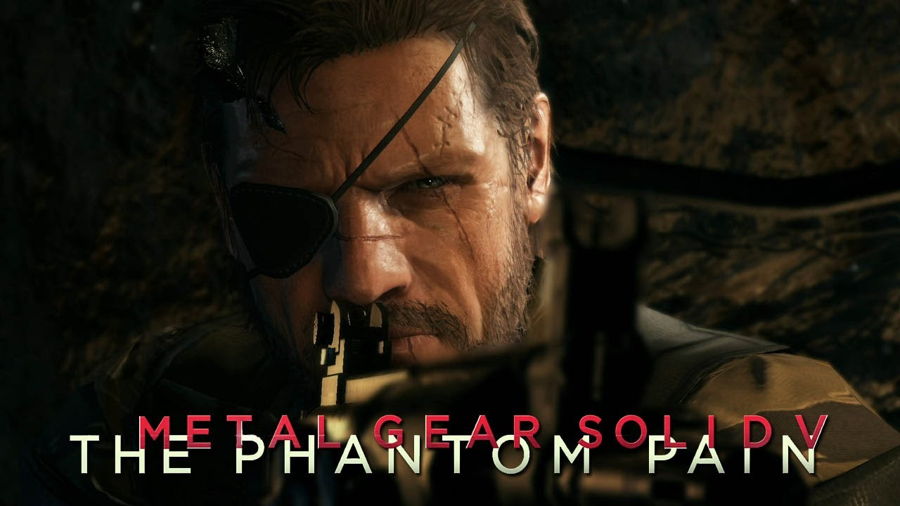
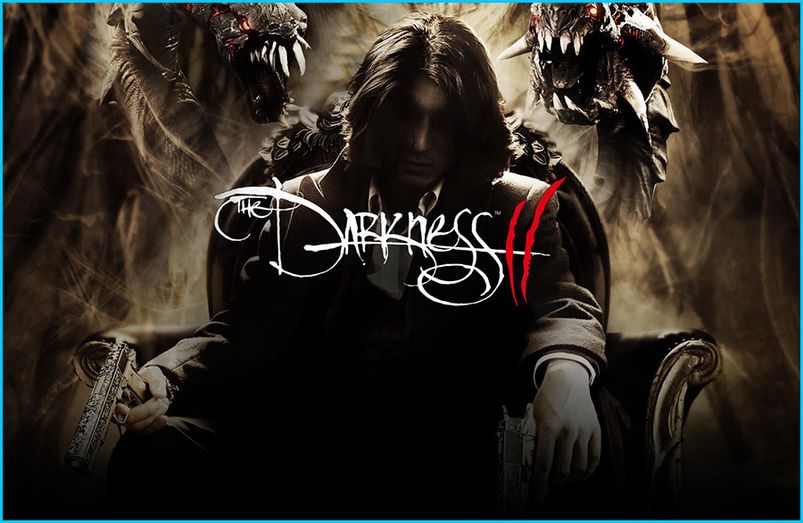
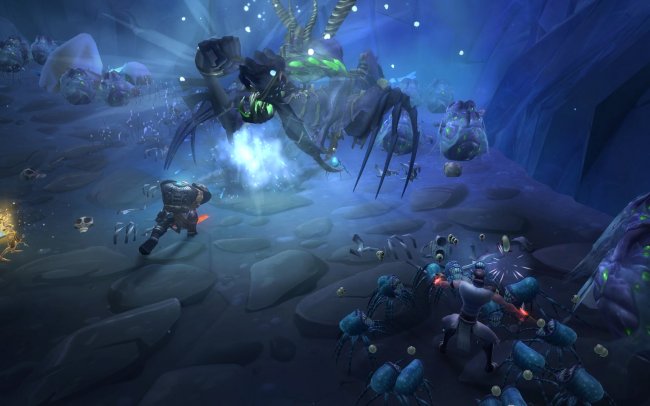 Wildstar: Dodging the WoW Factor
Wildstar: Dodging the WoW Factor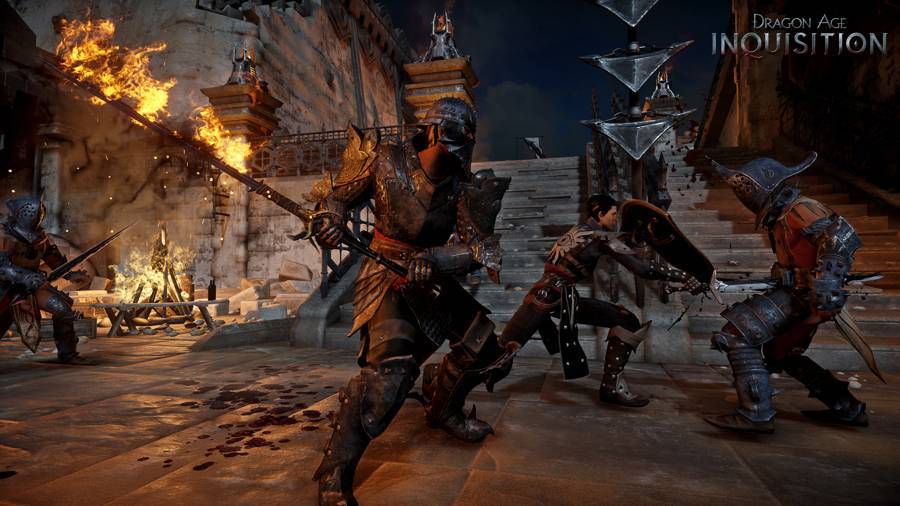 Dragon Age Inquisition: The Fallow Mire Side Quest Guide
Dragon Age Inquisition: The Fallow Mire Side Quest Guide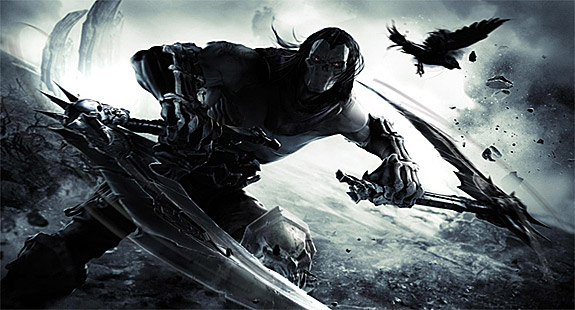 Darksiders II Guide: Side Quests, Areas, Relics, and more
Darksiders II Guide: Side Quests, Areas, Relics, and more Fire Emblem: Awakening Guide - Challenge: Border Pass Guide - GamersHeroes
Fire Emblem: Awakening Guide - Challenge: Border Pass Guide - GamersHeroes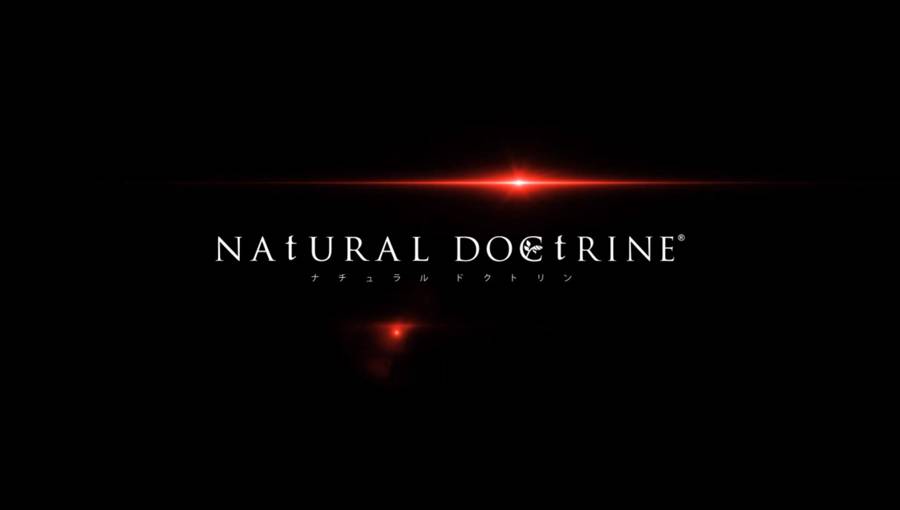 Natural Doctrine Guide: Serpens Goblin Mine
Natural Doctrine Guide: Serpens Goblin Mine